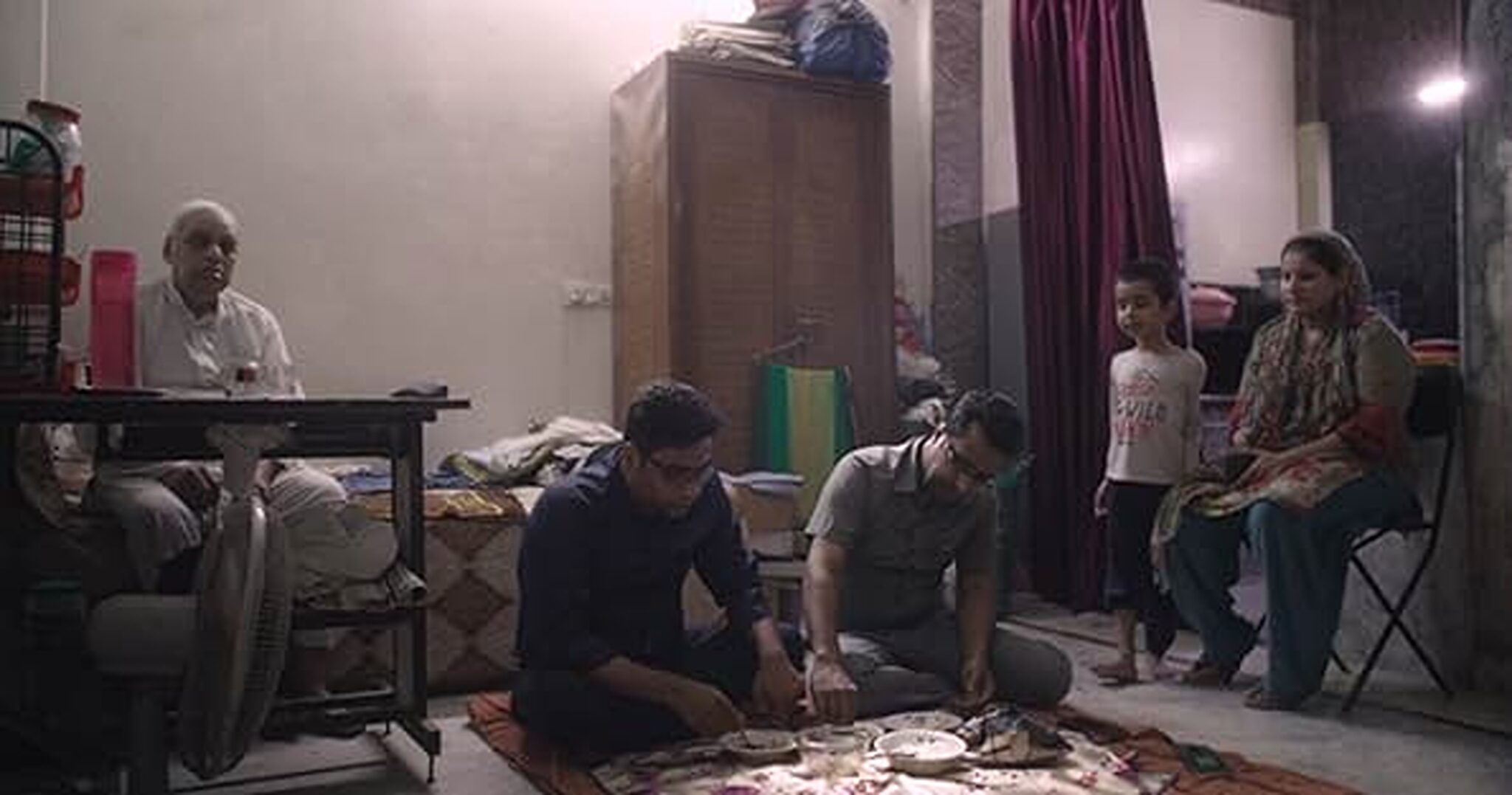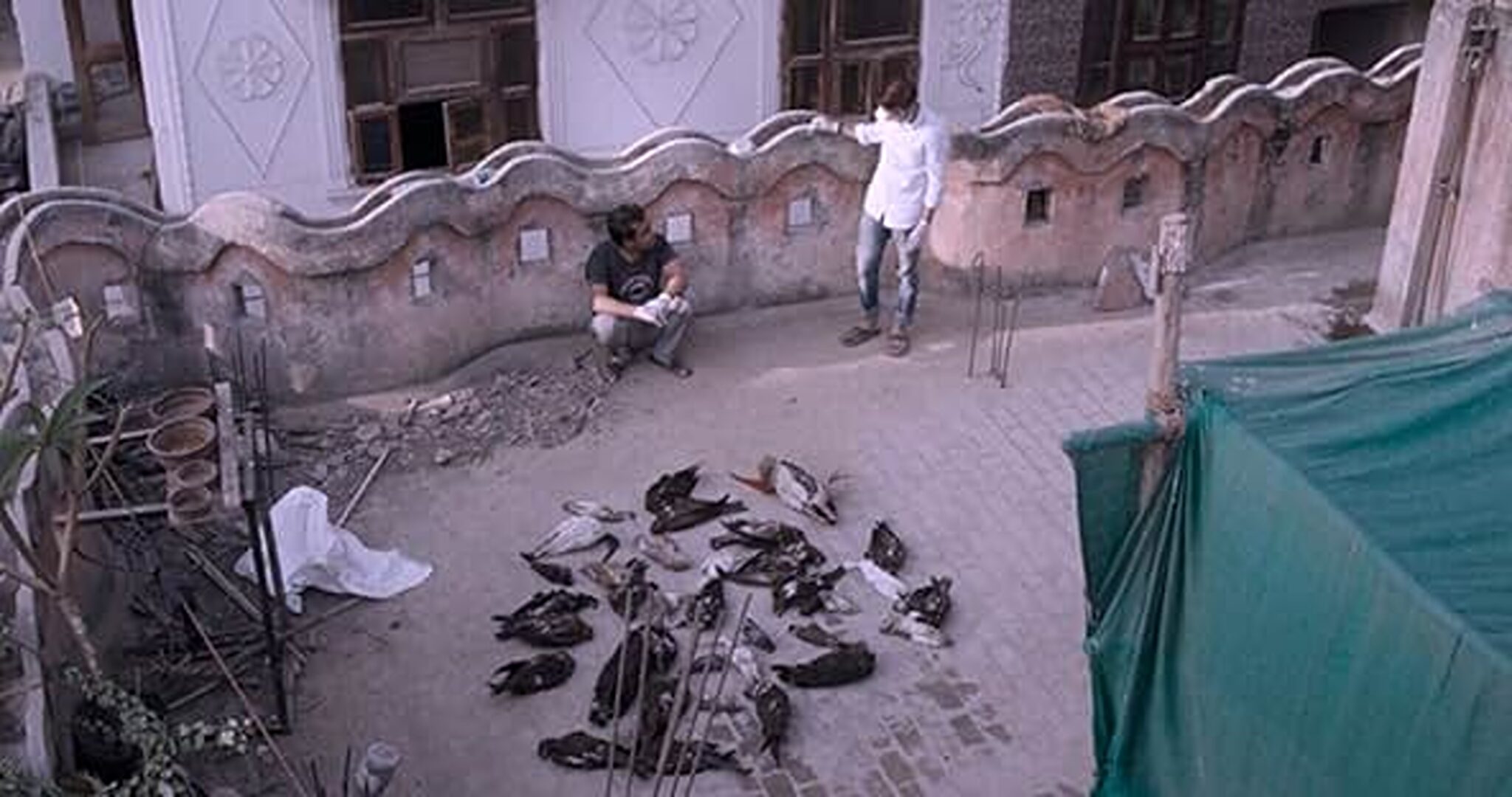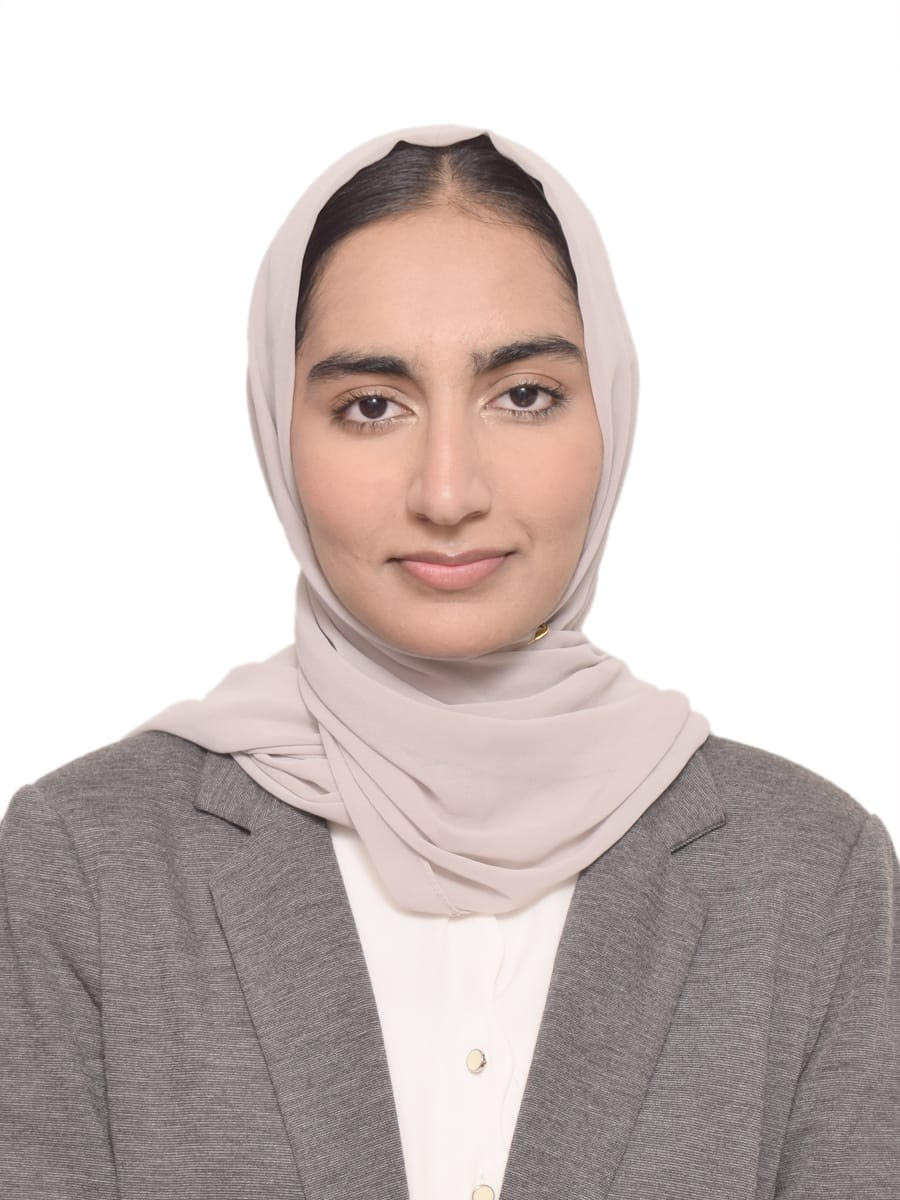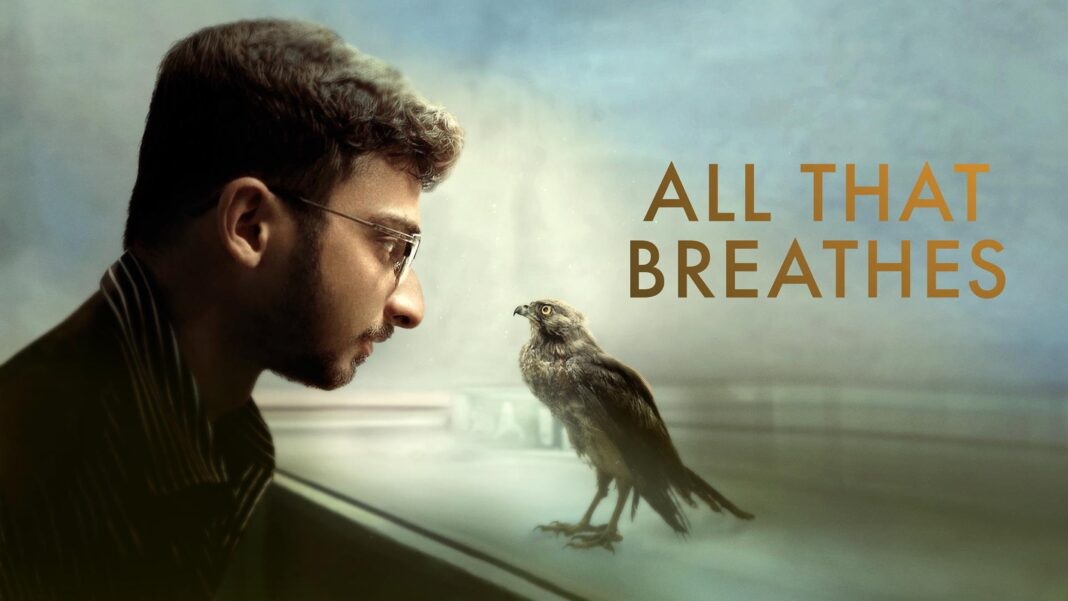All That Breathes, directed by Shaunak Sen, is a powerful documentary that explores the impact of climate change and environmental degradation on life in Delhi, India. It follows two brothers, Mohammad Saud and Nadeem Shehzad, running a bird hospital in their basement. The film highlights the struggles of both humans and animals in one of the world’s most polluted cities.
This is an inspiring story about the interdependence of all life in the face of a global catastrophe, not simply about protecting birds. The documentary, in total, features fifteen different species, including humans, cows, cats, dogs, horses, rats, kites, owls, pigs, squirrels, snails, mosquitoes, spiders, turtles and toads all living together and suffering in the streets of Delhi.
Delhi has become a living example of how climate change can reshape urban life. Rising temperatures, poor air quality, and unpredictable weather patterns have created harsh living conditions for its human residents. The toxic air, filled with vehicular emissions, industrial waste, and construction dust, poses severe health risks.
The documentary refers to the situation as it captures eye infections and upper respiratory tract infections in one of the brothers and his child as they ‘normally’ spend their day-to-day life. Unexpected rains worsen the living conditions of the residents as sewage water enters their homes, giving way to many more health problems and infections. Due to their lack of access to essential resources like safe water, clean air, and quality healthcare, low-income areas are disproportionately impacted.
The documentary makes its point and says, “As Delhi’s air changed, so did its metabolism.”
The effects of pollution on people are widely known, but All That Breathes turns the attention to urban wildlife, especially black kites. Degradation of the ecosystem has had a significant impact on these magnificent birds, which are frequently spotted soaring above Delhi.

The film highlights the dangers they encounter, such as contaminated water, diminished food supplies, and harm from man-made hazards like glass-coated kite strings. These birds rely on the brothers’ tiny clinics for survival, highlighting the critical necessity for human action to save nature.
In the socio-cultural context, these birds are treated specially as they are fed by people to gain Sawaab, good deeds. However, nobody wants to treat falling birds from the sky. The brothers and their helper, Salik, are extremely empathetic and save these birds even if they have to swim across a river to treat them.
Other residents of the society acknowledge their efforts but do not contribute to the cause financially or resourcefully. There could be multiple reasons behind the first one being the low resource background of these society members and the other being desensitization. A society where people are over-exposed to violence, either in the form of communal or religious, will be less likely to empathize with anyone around them, let alone animals.
As evidenced by research, exposure to violence reduces physiological reactivity and emotional empathy, indicating the existence of both physiological and emotional desensitization.
The brother’s work serves as a reminder that humans and animals are intertwined. One species’ survival frequently hinges on the welfare of other species. Their experience serves as evidence of the effectiveness of empathy and cooperation in resolving environmental issues.
As in the documentary itself, they explain the importance of Kites in the cities as scavengers. People might not recognize this as a very important task, but they serve as the recyclers of the ecosystem themselves. The inspirational tale of Mohammad Saud and Nadeem Shehzad, whose dedication to preserving black kites transcends monetary or personal benefit. In the boys’ words,
“Delhi is a big wound, and we are a tiny Band-Aid on it”
Moreover, the biological laws of natural selection are making these birds even smarter, as evidenced by Nannu, the little child, finding cigarette buds in kite cages. Interestingly, the kites use them as insect repellents. All species learn to adapt to their environments, but as long as the environment gives them time. Climate Change is changing the environment so rapidly that living species don’t have enough time to adapt.
All That Breathes is more than just a local tale; it captures the wider, worldwide effects of urbanization and climate change. The deterioration of Delhi’s environment is a reflection of worldwide patterns of resource exploitation that disregard sustainability.

The depletion of wildlife populations, rising global temperatures, and environmental devastation are urgent issues that call for coordinated action. The documentary’s global message— that climate change impacts all facets of life on Earth and that everyone must contribute to finding solutions—is communicated by concentrating on the predicament of the black kites.
All That Breathes has breathtaking cinematography— the spectator is drawn into the story by the juxtaposition of close-ups of the damaged kites with sweeping images of Delhi’s busy streets and thick smog. Another dimension is added by the film’s sound design, which creates an eerie atmosphere by fusing the hum of the city with the cries of the birds.
These components give the movie a visceral quality that makes the audience feel the severity of Delhi’s environmental catastrophe.
All That Breathes is more than just a documentary—it is a wake-up call that sheds light on the shared struggles of humans and animals in the face of climate change. Shaunak Sen’s work urges viewers to reconsider their relationship with nature and take meaningful steps to protect the environment.
This documentary is a must-watch for anyone concerned about climate change, wildlife conservation, or the future of urban living. Through a deeply personal story, it delivers a global message: the time to act is now.
References:
- https://www.imdb.com/title/tt16377862/mediaindex/
- https://www.google.com/url?sa=i&url=
- https%3A%2F%2Fwww.alerts.org%2F2022%2F12%2Fshaunak-sen-documentary-all-that-breathes
- https://www.hbo.com/movies/all-that-breathes
- Mrug, S., Madan, A., Cook, E. W., & Wright, R. A. (2015). Emotional and physiological desensitization to real-life and movie violence. Journal of youth and adolescence, 44, 1092-1108.
- https://www.theguardian.com/tv-and-radio/2023/feb/08/all-that-breathes-review-every-minute-of-this-oscar-nominated-documentary-is-gold-dust
- https://timesofindia.indiatimes.com/entertainment/hindi/movie-reviews/all-that-breathes/ottmoviereview/98933814.cms
More from the Author: Women belong in the Lab: Science, gender, and revolution in Lessons in Chemistry

Khadija Tariq is a genetics graduate who loves understanding how diseases work at the molecular level and how we can use that knowledge to create better treatments. She was an intern at Scientia Pakistan Science Writing Internship Cohort Three.

